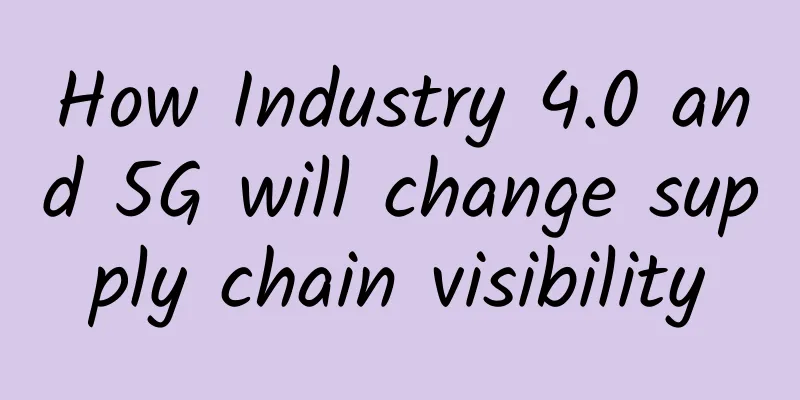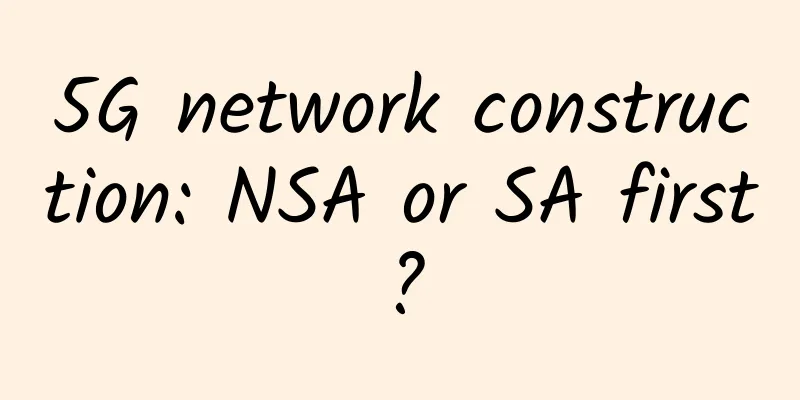Serverless Engineering Practice | Quickly Build Kubeless Platform

|
Quickly build a Kubeless platform Introduction to Kubeless Kubeless is a native serverless framework based on Kubernetes. It allows users to deploy small amounts of code (functions) without having to worry about the underlying architecture. It is deployed on a Kubernetes cluster and makes full use of Kubernetes' features and resource types to clone content on AWS Lambda, Azure Functions, and Google Cloud Functions. The main features of Kubeless can be summarized as follows. Supports Python, Node.js, Ruby, PHP, Go, .NET, Ballerina languages and custom runtimes. Since the features of Kubeless are built on Kubernetes, it is very easy for people familiar with Kubernetes to deploy Kubeless. Its main implementation is to convert user-written functions into CRDs (Custom Resource Definitions) in Kubernetes and run them in the cluster as containers. Kubeless deployment Create a Kubeless service on an existing Kubernetes cluster:
After successful creation, as shown in the figure Install and configure Kubeless View basic information: kubectl get pods -n kubeless The relevant Pod information is shown in the figure View Kubeless related Pods View the Deployment information: kubectl get deployment -n kubeless The relevant information is shown in the figure View Kubeless Deployment related information View the customresourcedefinition information: kubectl get customresourcedefinition The relevant information is shown in the figure View customresourcedefinition information Download command line tools Download the Kubeless tool and decompress it:
After decompression, check: ./bundles/kubeless_linux-amd64/kubeless As shown in the figure Using the Kubeless command line tool Experience Test Create the test code helloworld.py: def hello(event, context): print(event) return event['data'] Deploy the project:
After successful deployment, view the project information: kubectl get functions The function list is shown in the figure View the function list View the example function: ./bundles/kubeless_linux-amd64/kubeless function ls The function status is shown in the figure Trigger function:
After the trigger is completed, you can see the output result: View the log output in the instance, as shown in the figure Viewing logs in an instance So far, we have successfully created a Kubeless service on the Kubernetes cluster and successfully experienced the Kubeless version of Hello World implementation. |
<<: 6G transmission capacity may be 100 times higher than 5G. 5G is here. How far is 6G?
>>: Exploration and practice of full-link grayscale solution based on Istio
Recommend
Seven of the hottest new IT jobs
In the era of cloud computing, big data, the Inte...
What is in the Http Header?
The author has developed a simple, stable, and sc...
HostDare: 35% off VPS on CN2 GT line in Los Angeles, 10% off VPS on CN2 GIA line
HostDare has sorted out its VPS product inventory...
Analysis: Which businesses need a dedicated wireless network?
Over the past few years, private wireless network...
Beyond 5G: The next generation of wireless technology is coming
The transition to 5G is still underway, but talk ...
Diagram | Why HTTP3.0 uses UDP protocol
This article is reprinted from the WeChat public ...
Technical discussion on obtaining client IP address in C#
In web development, getting the client's IP a...
The first commercial 5G mobile network in the United States is here! Verizon, a US telecom operator, enters the market
U.S. telecom operator Verizon announced on Wednes...
How is HostYun? Simple test of HostYun Hong Kong EPYC high bandwidth VPS
A few days ago, we shared the information that Ho...
Can 5G drive innovation in the smart home market?
[[348075]] We still have a long way to go before ...
How does the HTTP protocol achieve “secret interaction”?
[[261700]] Do you know the interactive process of...
In the 5G era, will you still look for WiFi everywhere?
Watching short video apps like Tik Tok and Kuaish...
Megalayer October promotion: US dedicated servers from 199 yuan/month, high-defense servers from 299 yuan/month, optional CN2 line
Megalayer has launched the Golden Autumn October ...
How to quickly troubleshoot data center networks
When the network scale of a data center becomes l...
What is structured cabling in a network system?
Structured cabling plays a vital role in network ...









